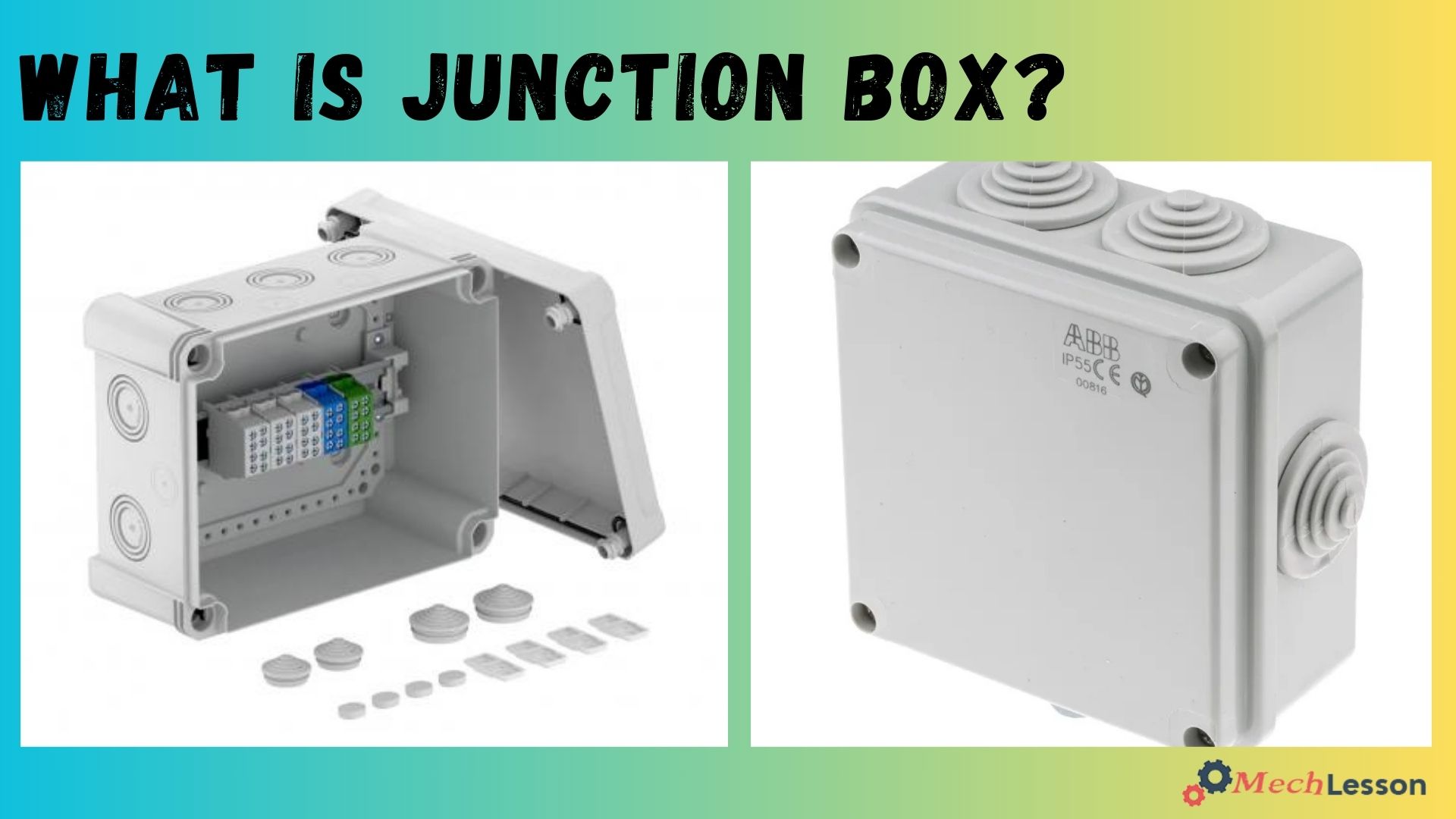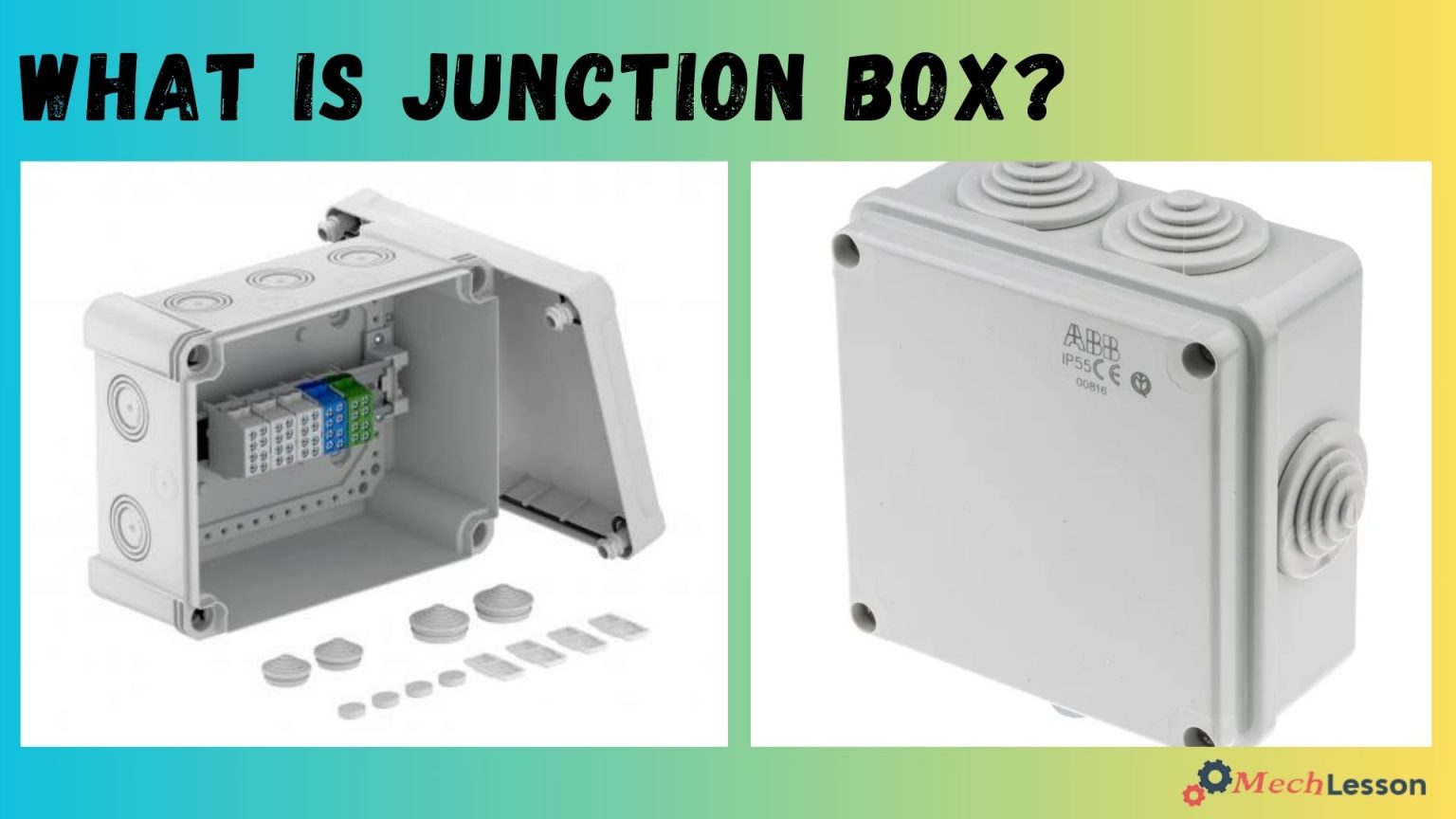A junction box is an essential component of the electrical arrangement of your house. This approach helps in the safe organization of wires. To stop a fire from beginning or spreading, sparks are contained by fireproof connections and boxes.
In this reading, we will delve into the definition of a junction box, its various functions, components, types of diagrams, and its operation. We’ll also discuss its maintenance, how to choose the right size, and its regulations.
Let’s begin!
Learn about Car Electrical System with this detailed guide!
What is Junction Box?
Just as mentioned earlier, the junction box is an essential component of the electrical structure of your house. It is sometimes referred to as an electric box.
This approach helps in the safe organization of wires. To stop a fire from beginning or spreading, sparks are contained by fireproof connections and boxes.
The system is an enclosed unit that is located on walls and outside of buildings. The ends of electrical wire are contained in these units, which are typically box-shaped but can sometimes be round, where they connect and divide. It is used to house electrical connections, which is why they are called an electrical junction box, or “jbox” for short.
Functions
Below are the major purposes of a junction box:
- Junction boxes are part of electrical conduit or TPS wiring systems in buildings.
- They are typically used in ceilings, concrete, or concealed behind access panels.
- They may include built-in terminals for wire joining.
- They are also used for larger items like street furniture or cabinets.
- They form an integral part of a circuit protection system for circuit integrity.
- They contain wiring and prevent accidental electrocution.
- They protect wires from dampness and dust, preventing short circuits.
- They ensure an uninterrupted power supply and prevent undue tension on cables.
- Some junction boxes are waterproof, reducing electric shock during flooding or rain.
- They make the building’s wiring plan more accessible for changes and repairs.
You should also learn about Green Building with this detailed guide!
Parts of a Junction Box
There are various types of junction boxes on the market today. However, the parts of a junction box can be determined by its type.
- Common square or round junction boxes are empty inside with a sealing gland or steel clamp for wire entry.
- The knockout is the cut-out circle used for wiring.
- The box’s size determines the size of the gland for securing electrical cables.
- The space inside isolates the area where joined wires will sit.
- Terminal blocks and joining plugs cover the space, but insulation tape isn’t advised.
- The junction box lid or cover closes the wires with safety screws or bolts.
- Metal junction boxes have an earthing grounding screw for a safe electricity path in short circuits.
Diagram

You should also learn about Hydroelectric Power with this detailed guide!
How Does a Junction Box Work?
Wires enter a junction box from opposite sides, creating an insulated area. Sometimes the wire initially goes through sealing glands. The edges of these rubber seals “seat” on the wires’ circular hole in the junction box frame.
It is advisable to plan and determine the location of junction boxes before cutting wires and cables to size. “Measure twice, cut once,” as they say. To save waste, arrange the junction box locations first, then measure and cut.
Once the box’s location has been determined, use the included screws to fasten the box frame to the wall or floor. Anchor bolts may be necessary for large boxes to prevent heavy wires from pulling them away from the wall.
To securely and easily remove electrical insulation from wires, use a wire stripper. In accordance with your state’s wiring regulations, twist the exposed ends together and wrap them in an insulation wire, connector block, or wire cap.
To keep the unit secure and sealed, press the junction box cover into position. To further prevent tampering, some are equipped with safety bolts or screws. Others use snap fasteners, which facilitates examination of the boxes.
Maintenance and Regulations of a Junction Box
After the basic wiring is installed, look for heat, smoke, or loose connections. Before connecting the main power, be sure that all connections and junction boxes are secure. To prevent overheating, make sure the boxes have enough ventilation. Don’t cover them with loose fabric like curtains or drapes.
Take note of any visible junction box discoloration, which might be a sign of electrical short circuits. When the main power is still on, never operate on them. Also, here are some regulations to follow during the operation:
- Junction boxes should be placed in easily accessible areas of the home.
- NEMA-rated boxes are recommended for electronic equipment like network switches or breakers.
- Electrical contractors should be familiar with the National Electrical Code (NEC) for their state and municipality.
- The NEC updates every three years, ensuring home safety and insurance coverage.
- Junction boxes should be visible and in easily accessible areas in an emergency.
- Copper wire should be graded to prevent melting during overloads.
- The NEC regulates the thickness of wire used, as too-thin wire can cause fires.
You should also learn about Hydraulic Motor vs Electric Motor with this detailed guide!
FAQs
What is a junction box used for?
A junction box is an electrical enclosure that houses one or more wiring connections. The box protects the connections, which usually contain vulnerable points such as wire splices, from environmental conditions and accidental contact.
What is the purpose of a junction?
A junction box is an enclosure used to house electrical connections, splices, and terminations. Its primary purpose is to protect wiring from damage and reduce the risk of electrical shock. Inside a junction box, various wires can connect, ensuring a secure and organised setup.
What does a junction box do?
Junction boxes play an essential role in electrical systems by protecting wiring from damage and ensuring the safety of circuits. They prevent electrical shocks, short circuits, and fire risks while also keeping wiring systems neat and accessible.
What are the three types of junction boxes?
The three common types of junction boxes include:
- Standard Junction Boxes.
- Conduit Electrical Housings.
- Weatherproof Electrical Boxes.

